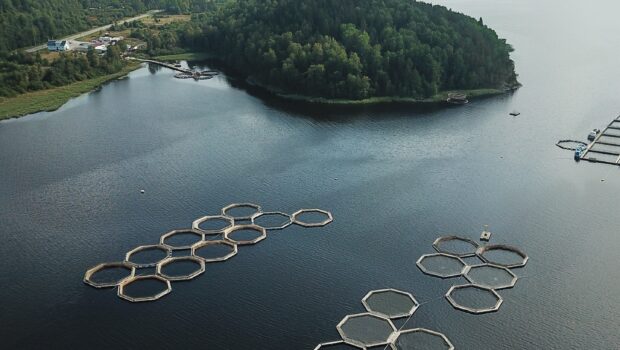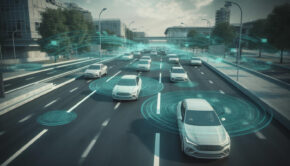Artificial Intelligence in Aquaculture: Revolutionizing the Future of Fisheries
Aquaculture, the cultivation of aquatic organisms, has been a fundamental source of sustenance and livelihood for centuries. With the rising global population and the ever-increasing demand for seafood, the aquaculture industry faces the challenge of meeting these needs sustainably. In recent years, the integration of artificial intelligence (AI) into aquaculture practices has shown tremendous potential in transforming the way we approach fisheries management and production.
AI-driven automation for enhanced efficiency
In the dynamic realm of aquaculture, time and precision are crucial factors for success. AI-powered systems streamline processes and automate tasks, leading to increased efficiency and reduced human errors. Autonomous underwater vehicles equipped with AI algorithms can monitor water quality parameters, detect early signs of diseases, and even feed the fish precisely, optimizing growth and minimizing waste.
Data-driven decision making
Data lies at the heart of AI, and its integration into aquaculture empowers farmers and fisheries managers with valuable insights. By analyzing large datasets collected from various sources such as sensors, satellites, and historical records, AI can provide real-time information on factors influencing fish health, feeding patterns, and growth rates. This data-driven approach allows for informed decision-making and the implementation of proactive measures to prevent potential issues.
Improving stock management with AI
Maintaining optimal stock levels is crucial in sustainable aquaculture. Artificial intelligence in aquaculture algorithms can predict fish growth rates and assess population dynamics, assisting in determining the right time for harvesting and restocking. This targeted approach reduces overstocking and the risk of diseases spreading within crowded environments, ensuring healthier fish populations.
AI-enhanced aquatic health monitoring
The health of aquatic organisms is paramount in aquaculture. AI applications can monitor fish behavior, detect anomalies, and identify symptoms of diseases at early stages, enabling swift intervention and treatment. By preventing disease outbreaks, farmers can save substantial costs and minimize the use of antibiotics, promoting environmentally friendly practices.
Precision feeding for optimal growth
AI-driven feeding systems have revolutionized the way fish are nourished in aquaculture. Through computer vision and machine learning, AI algorithms recognize individual fish and adjust feeding regimes based on their specific needs. This precision feeding optimizes growth rates, reduces feed wastage, and improves overall feed conversion efficiency.
Sustainable aquaculture practices
Sustainability is the cornerstone of responsible aquaculture. Artificial intelligence in aquaculture facilitates environmentally conscious practices by reducing energy consumption and mitigating environmental impacts. For instance, AI-controlled water quality monitoring helps manage water usage efficiently, preventing pollution and ensuring a healthy aquatic ecosystem.
Enhancing aquaculture safety and security
AI technologies also play a significant role in ensuring the safety and security of aquaculture operations. AI-powered surveillance systems can monitor fish farms and coastal areas, detecting unauthorized activities and potential threats. This real-time monitoring enhances the overall security of the aquaculture facilities and helps safeguard valuable aquatic resources.
The future of aquaculture with AI
As AI continues to evolve and its applications in aquaculture grow, the future holds exciting possibilities. From predictive analytics and genetic breeding enhancement to automated fish health diagnosis, AI is poised to revolutionize the aquaculture industry, enabling sustainable growth and food security for generations to come.
Conclusion
In conclusion, the integration of artificial intelligence in aquaculture represents a significant turning point in the realm of fisheries management and production. With AI-driven automation, data-driven decision-making, precision feeding, and sustainable practices, the industry can achieve heightened efficiency, economic viability, and environmental stewardship. Embracing AI technologies from proven providers like NeuroSYS in aquaculture not only ensures the prosperity of fish farmers but also paves the way for a brighter and more sustainable future for the global fishing industry.
















